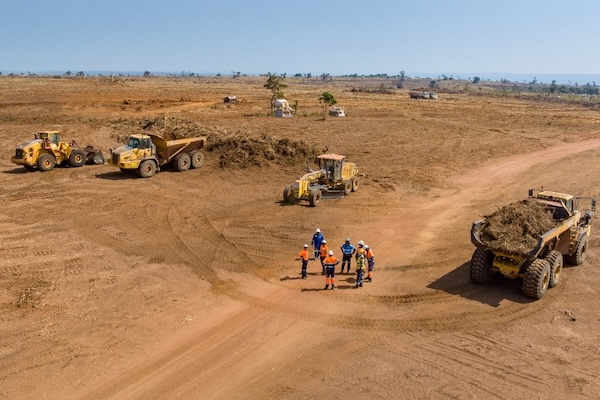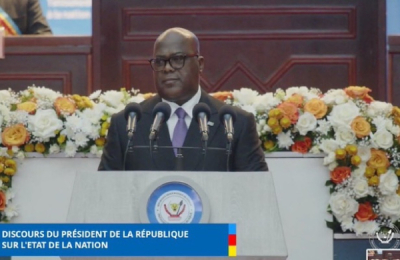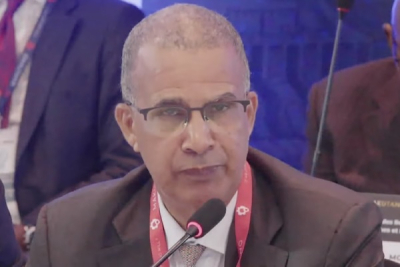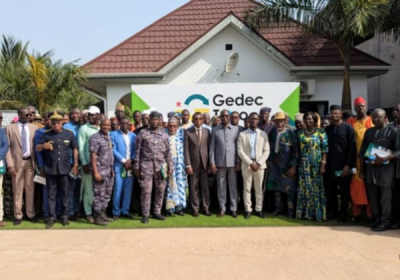Highlights:
• 60 MW solar project underway; target expansion to 120 MW with no timeline yet
• Two PPAs signed with CrossBoundary (Kenya) and Green World (China), each for 30 MW
• Kamoa-Kakula mine to rely solely on green energy by 2026; demand projected at 240 MW
Kamoa Copper plans to gradually scale up solar power capacity at its Kamoa-Kakula copper complex in the Democratic Republic of Congo (DRC), aiming for an installed capacity of 120 MW. Ivanhoe Mines, a key shareholder and the operator of the site, disclosed the information in a press release issued July 8, 2025. No specific timeline for the expansion was provided.
Currently, a 60 MW solar power plant with battery storage is under construction at the site near Kolwezi, Lualaba province. This infrastructure stems from two power purchase agreements signed in late March and early April 2025. Each agreement covers 30 MW and involves CrossBoundary Energy DRC, based in Nairobi, and Green World Energie SARL, headquartered in Beijing. Both companies are responsible for financing, building, and operating their respective units.
CrossBoundary confirmed its contract will run for 17 years, while Green World has not disclosed the terms of its agreement.
Initial site work began in Q2 2025, including geotechnical assessments, land clearing, and procurement of long-lead equipment, such as the battery energy storage system (BESS), a modular electrical station (E-house), and structural assemblies. Commissioning is slated for mid-2026.
By that time, electricity demand at Kamoa-Kakula is expected to reach 240 MW. The operator aims to meet this requirement entirely through renewable sources, including an increased supply of hydroelectricity from the national grid. This will be enabled by the ongoing rehabilitation of turbine 5 at the Inga II dam, which is expected to deliver 178 MW once grid reinforcement is complete in 2026.
With the new capacity, Kamoa-Kakula could stop relying on electricity from Zambia and Mozambique. In April, Ivanhoe reported an increase in hydro imports from 50 MW to 70 MW, with a potential ramp-up to 100 MW.
This article was initially published in French by Pierre Mukoko
Edited in English by Ola Schad Akinocho










